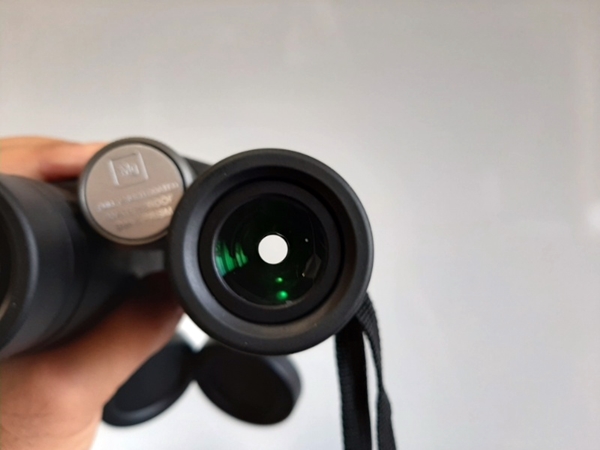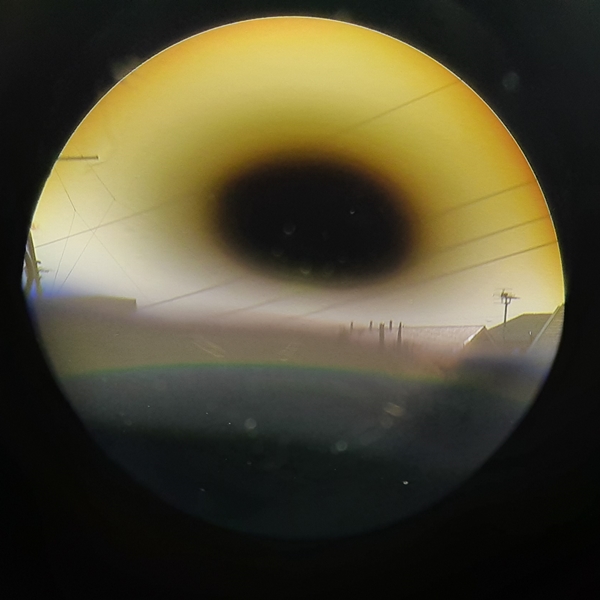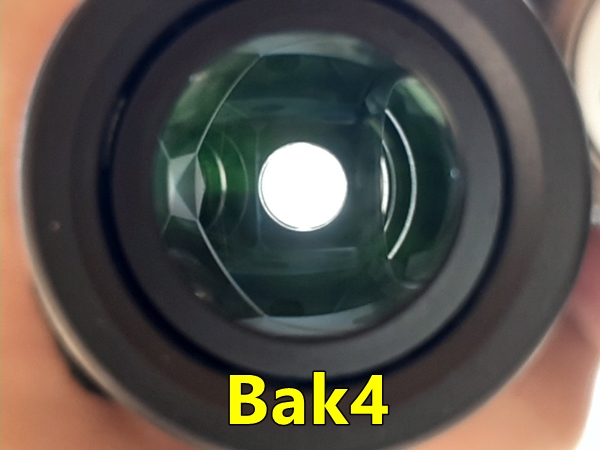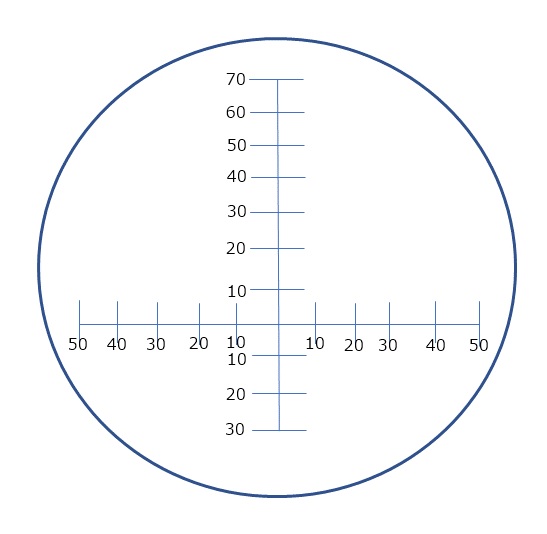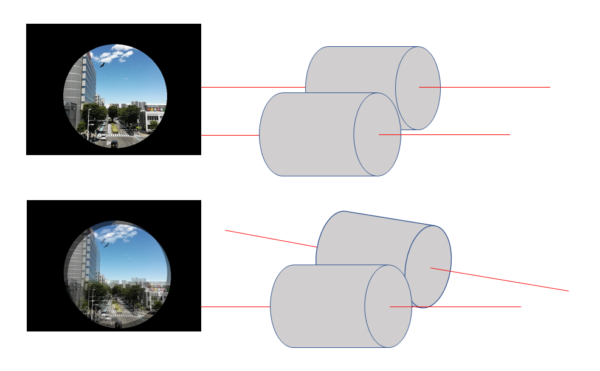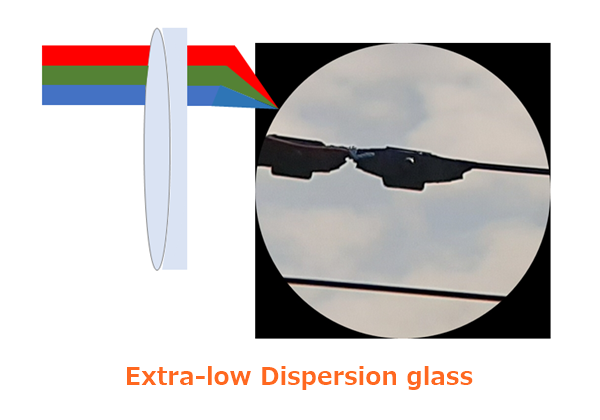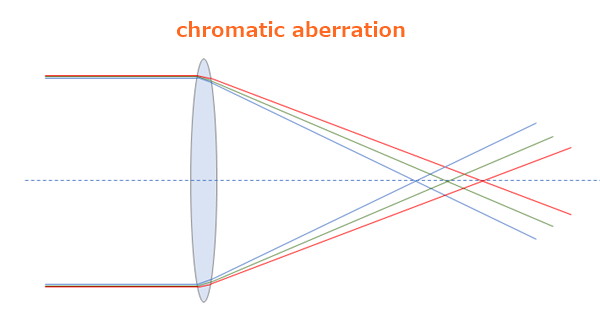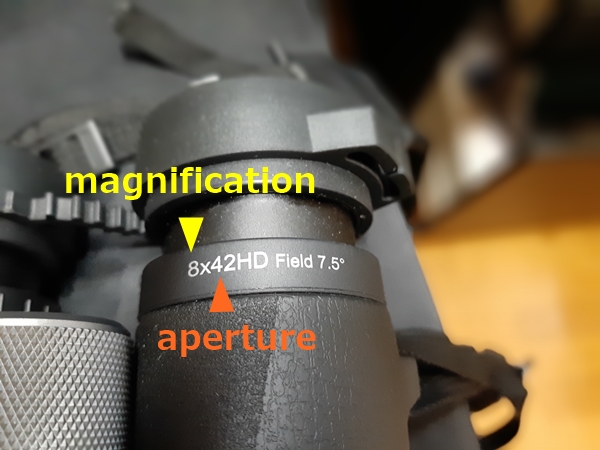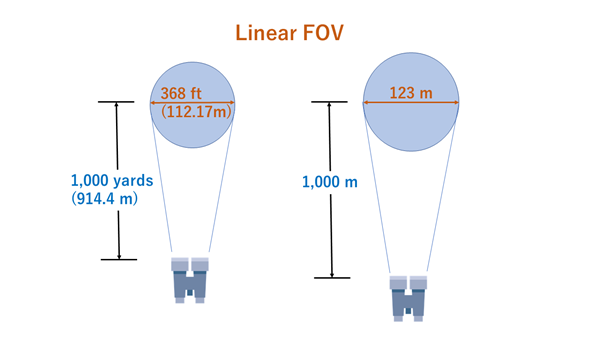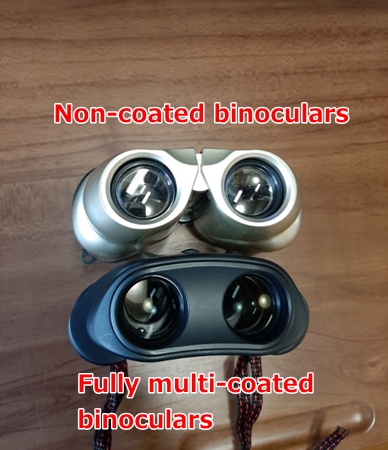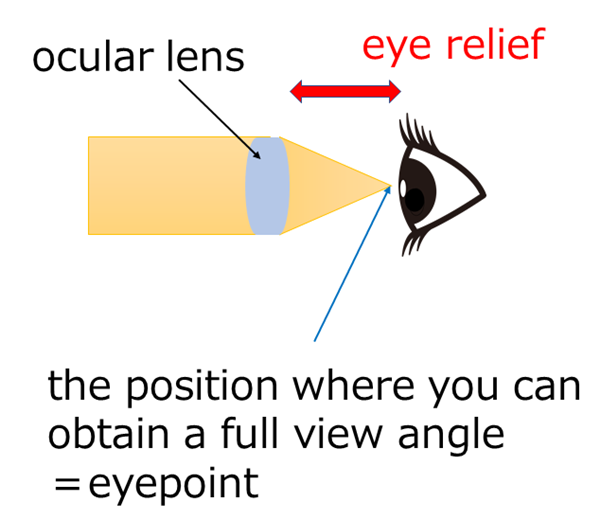Close focus distance indicates the closest distance your binoculars can focus. It may seem odd that some people are interested in “Close Focus” when they choose binoculars because binoculars are usually used to look at things far away. However, the close focus distance is important to those ...
Glossary of Binoculars
- Glossary Of Binoculars: Close Focus Distance
- Glossary Of Binoculars: Exit Pupil
- Glossary Of Binoculars: Distortion
- Glossary Of Binoculars: Eyepoint & Blackout
- Glossary Of Binoculars: Vignetting
- Glossary Of Binoculars: Reticle/Rangefinder
- Glossary Of Binoculars: Collimation & Optical Axis
- Glossary Of Binoculars: Aperture
- Glossary Of Binoculars: ED (Extra-Low Dispersion) Lens
- Glossary Of Binoculars: Chromatic Aberration
- Glossary Of Binoculars: Magnification
- Glossary Of binoculars: Field of View
- Glossary Of Binoculars: Coating
- Glossary Of Binoculars: Eye Relief
Glossary Of Binoculars: Exit Pupil
While holding binoculars about 30cm from your eyes and looking through the ocular lenses, you can see bright circles in the middle; these are called the exit pupil (see below). The exit pupil shows how much light makes it to your eyes. The larger the exit pupil, the more light reaches your ...
Glossary Of Binoculars: Distortion
No matter how well optics are designed, some aberrations are inevitable. There are no binoculars without aberrations. One of the most notable aberrations is “chromatic aberration,” which is caused by the differences in light wavelengths. The emergence of lenses made of ED (Extra-low Dispersion) ...
Glossary Of Binoculars: Eyepoint & Blackout
If you look through binoculars that are not adjusted properly, you may encounter image blackout. Image blackout can occur when your eyes are not aligned with the exit pupil diameter or when the height of the eyecups is not properly adjusted. When your eyes are at the eyepoint, you should ...
Glossary Of Binoculars: Vignetting
Vignetting occurs because of the reduction of light in the periphery compared with the center of the image. With binoculars, vignetting is mainly caused by the prisms. No matter how much light the objective lenses collect, vignetting prevents us from seeing the full brightness. So, it’s ...
Glossary Of Binoculars: Reticle/Rangefinder
I bought a decent pair of binoculars on an auction website that happened to have a reticle built-in. The pair was a Zeiss 8×30 B/GA IF Safari Roof prism. At the time, I was unaware of what reticles were. I was just attracted to the olive green rubber armor coating on the body. That was the first ...
Glossary Of Binoculars: Collimation & Optical Axis
In a sense, binoculars are as sensitive as cameras. Indeed, binoculars don’t have image sensors or circuit boards. However, the fact that the two barrels have to be perfectly aligned makes manufacturing binoculars more difficult. Compared to telescopes, a big advantage binoculars have is to be ...
Glossary Of Binoculars: Collimation & Optical Axisの続きはこちらから >>
Glossary Of Binoculars: Aperture
With digital devices, it’s often true; the smaller, the better. Compactness is important, especially when you have to carry it around. On the other hand, astronomers have been building continually larger and larger telescopes. In the late 1700s, a British astronomer, William Hershel, was ...
Glossary Of Binoculars: ED (Extra-Low Dispersion) Lens
Chromatic aberration has always been an issue affecting the image we see when using binoculars. Although achromatic doublets have played a significant role in reducing chromatic aberration, there still remained a subtle colorful fringe at the edge of an object. In some high-end telescopes, ...
Glossary Of Binoculars: ED (Extra-Low Dispersion) Lensの続きはこちらから >>
Glossary Of Binoculars: Chromatic Aberration
When I was in elementary school, I found two convex lenses in the science room. I asked the teacher if I could have them and brought them home to make a telescope. I found a solid paper tube in a closet and attached these lenses. Two hours later, I took my first homemade telescope outside and ...
Glossary Of Binoculars: Magnification
A few decades ago, I’d often see ads for binoculars that featured extremely high magnifications such as 50× or 100×. A wise consumer would have known that these pairs had very little value. However, such deceptive ads were regularly placed in magazines and newspapers, which meant dishonest ...
Glossary Of binoculars: Field of View
When someone says, “These binoculars have a wide field of view,” you might assume that you can see a wide-angle view. But this is not always true. In the specifications, you will find the field of view described like this: 368ft at 1000yds. However, you will also find it described in the angular ...
Glossary Of Binoculars: Coating
When people walk by large windows, they sometimes stop to look at their reflections. Large windows are like big public mirrors. How does this work? Window glass is mostly transparent, but not all of the light passes through. Some of the light reflects back from the surface, which is good if ...
Glossary Of Binoculars: Eye Relief
One question I’m frequently asked concerning binoculars is about eye relief: “Can I use binoculars with my glasses?” or “Tell me what eye relief is.” Some people think, after doing some quick research, that binoculars with long eye relief are the best; this is not true. I used to be very ...


